Taking Antarctica from the editing room of the Film Bureau to the screen at the Woods Hole Film Festival was beyond surreal. It’s been well over a year since production on this project first began and to see all the pieces come together for the first time was an unforgettable experience.
Beyond the Editing Room: A Sneak Peak of “Antarctica” at the Woods Hole Film Fest. by Film Student Gabrielle Gatdula
Exploring the Adelies of Avian Island by Film Student Vincent Bradley
Antarctica is filled with different types of life forms. Collectively, these life forms play an important role for scientists on the continent. From the steady shift of phytoplankton from the northern part of Antarctica to the southern part, to the rapid decrease of krill in the cold depths of the Antarctic Oceans, to the changes of the feeding habits of the Adelie penguins, each life form story is a pixel to the bigger picture that’s shaping Antarctic landscape. These small changes that the different life forms experience serve as early warning detections for scientists that larger changes are on the horizon. For scientists like Jen, it is their job to detect the many warnings given by animals of the changes occurring.
For me, it is interesting how Penguins can give early warning to the scientists about the rapid changes in the climate. Working on this scene has taught me how big and complex this continent is and how wildlife is varied across the landscape. For instance, Adelies can be found in different stages of success or decline depending on their region. My perception of scientists really changed by working on this story. Previously, I assumed these scientists would be collecting data from the safety of the ship – or if they did venture off the ship, it would be for a couple of hours. But Jen and Cameron showed me a more adventurous and dangerous side to scientific research. They lived alone on Avian for 5 days without any support or safety in the vicinity. They had to do this to collect data of all the birds that exist on this remote island rarely visited by humans. I personally would not want to do the work they do – I think it would frightening especially at night to be surrounded by elephant seals on a completely wild island in the middle of nowhere.
In conclusion, my perception of scientists had changed. When I use to think about scientists I imagined someone in a lab with a white coat on and test tubes. I now realize that there is a more adventurous and dangerous side to scientific research.
Face to Face with Ocean Physics by Film Students Gabrielle Gatdula & Taban Khan
The end of the semester approached as we prepared for our first big interview for Beyond the Ice. We would be interviewing physical oceanographer Doug Martinson about the oceans’ role in climate change. For the students, it would be our first shoot for the project, and we were eager for the hands-on experience. We arrived at the Film Bureau at 7:30 A.M., packed our equipment, and departed for Lamont-Doherty Earth Observatory at Columbia University. It was exciting for us to meet real scientists and interview them for the first time as a team. Prepared with a list of questions for Doug Martinson, his answers were seamless and his stories as a young researcher were thrilling.
Doug was completely different than we expected him to be. As he sat calmly by his desk, he reminisced about his life as a young researcher at a winter ice camp in the Weddell Sea in 1992. He shared with us how he and his team stayed warm in minus 36 degrees weather and wearing eleven layers of clothes. He also told us about the way people died in such freezing weather at camps in the old days. It reminded us of the risks these scientists take to pursue the research they believe is important for us all.
When Doug discussed his research, he gave us a detailed overview about the physics of the ocean and the instruments he uses to measure and observe the ocean. Generally, it is the physical system of the environment that controls the ecology of the oceans. Doug measures the physics, temperature, salinity, currents, and the heat of the continent shelf. He told us that the default standard instrument that physical oceanographers use is the CTD which measures the salinity and temperature, while the moorings are essentially instruments attached to a long rope that are anchored to the bottom of the ocean. Doug also discusses the role of the Antarctic Circumpolar current, a large pool of warm water that circulates around the continent. Wherever it touches the continent, it melts the ice and raises the sea level. This is just one of the ways the ocean influences the Antarctic climate.
The science we learned was dense and heavy stuff, but we couldn’t have learned all of it in a better place than the beautiful Palisades. We couldn’t believe we were given such an opportunity, and we just hope that this shoot was one of just many to come in the future.
A Glimpse into Donna Fraser’s Life as a Penguin Biologist, by film student Taban Khan
A completely different part of the world, white snowy hills and mountains, thousands of penguins and seals, surrounded by miles and miles of sea ice, the Western Antarctic Peninsula is not what we assume it to be. It is a place that has changed drastically every decade due to the warming of the planet. This has altered the lifestyles of the inhabitants of the islands, especially the penguins. When “Beyond The Ice” was launched, I knew that I wanted to learn about the penguins out there. My honest thought was…are they similar to the ones in Happy Feet 1 and 2? Like happy and healthy Antarctic penguins on white snow that could flap their wings and dance (maybe I’m exaggerated a little bit)!
Watching Donna Fraser’s interview and the work she does, I learned about the three types of penguins that are being studied in Palmer Station: the Adelies, the Gentoos, and the Chinstraps. I have the opportunity to put together a short film about Donna and her research with the Adelie penguins of Humble Island. As Donna talked about how their population has reduced by 80-85% in the last ten years, I couldn’t help but feel for these penguins living in an environment with little snow. There are green patches where there never used to be and multiple snowfalls and precipitation, something Adelies are not used to. There are also less silverfish than before, and silverfish used to be common in their main diet. Adelies now mainly eat krill, and silverfish has almost disappeared in their diets. Donna and her team of researchers help place radio tags on penguins so that their flight and forage trip duration is measured. This includes a lot of interaction with the penguins, like measuring their beak sizes, weight, diets, diving depths and applying this information with the rest of the data of the long term ecological project to see what is going on in the ecosystem and how the penguins are being affected.
Donna Fraser’s research is very new to me and there’s a lot of science involved, but her work is very inspiring because these scientists have been researching for years. As Donna says, “it’s invaluable to have the long term view of how penguins fit into the system and what we can learn about the system through the penguin’s eyes.” “Beyond The Ice” has given me opportunity to apply what we have learned in our documentary filmmaking classes and use it to craft together a story. I’m very grateful that we are allowed to be creative and hope to discover a great deal about the aspects of editing and filmmaking. It’s very exciting to work with real stories in the Rutgers Film Bureau this semester!
What is “Antarctic Quest”?
Welcome to the Rutgers Antarctic Quest (AQ) Blog.
The “Antarctic Quest: Racing to Understand a Changing Ocean” documentary project combines innovative science, dramatic imagery and a decade of scientific collaboration into a compelling character driven narrative. This is an unique inter-disciplinary educational project bridging Art, Science and Storytelling funded in part by the National Science Foundation.
Follow us as Oscar Schofield (Rutgers Institute of Marine and Coastal Sciences) and film-makers Dena Seidel (Rutgers Center for Digital Filmmaking) and Chris Linder leave New Jersey on December 26, 2012 and travel to Antarctica to join the LongTerm Ecological Research Team at Palmer Station as they explore the most rapid winter warming place on the planet. This is a journey you won’t want to miss!
To learn more about the project, Watch the trailer.
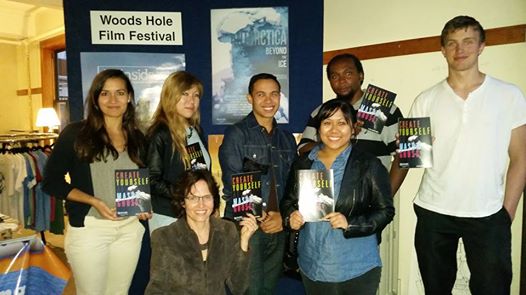
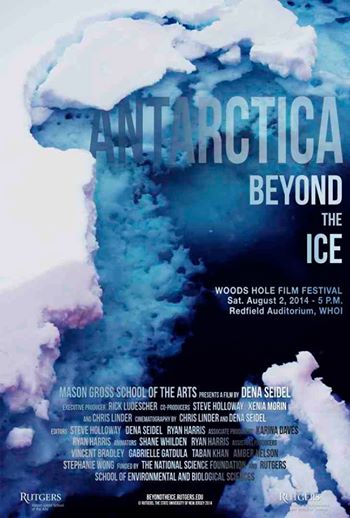
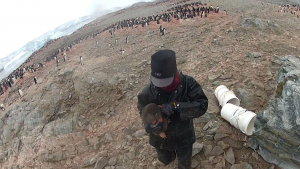
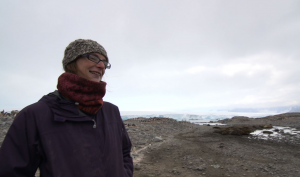

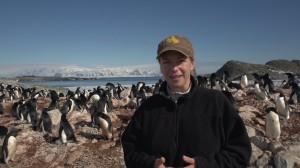
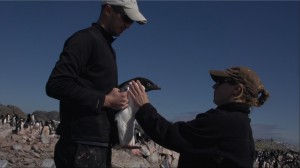
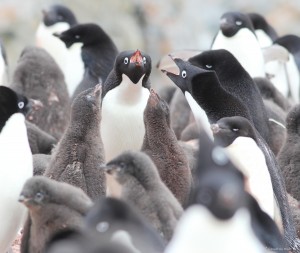



 Follow the
Follow the  Subscribe to the blog RSS feed
Subscribe to the blog RSS feed